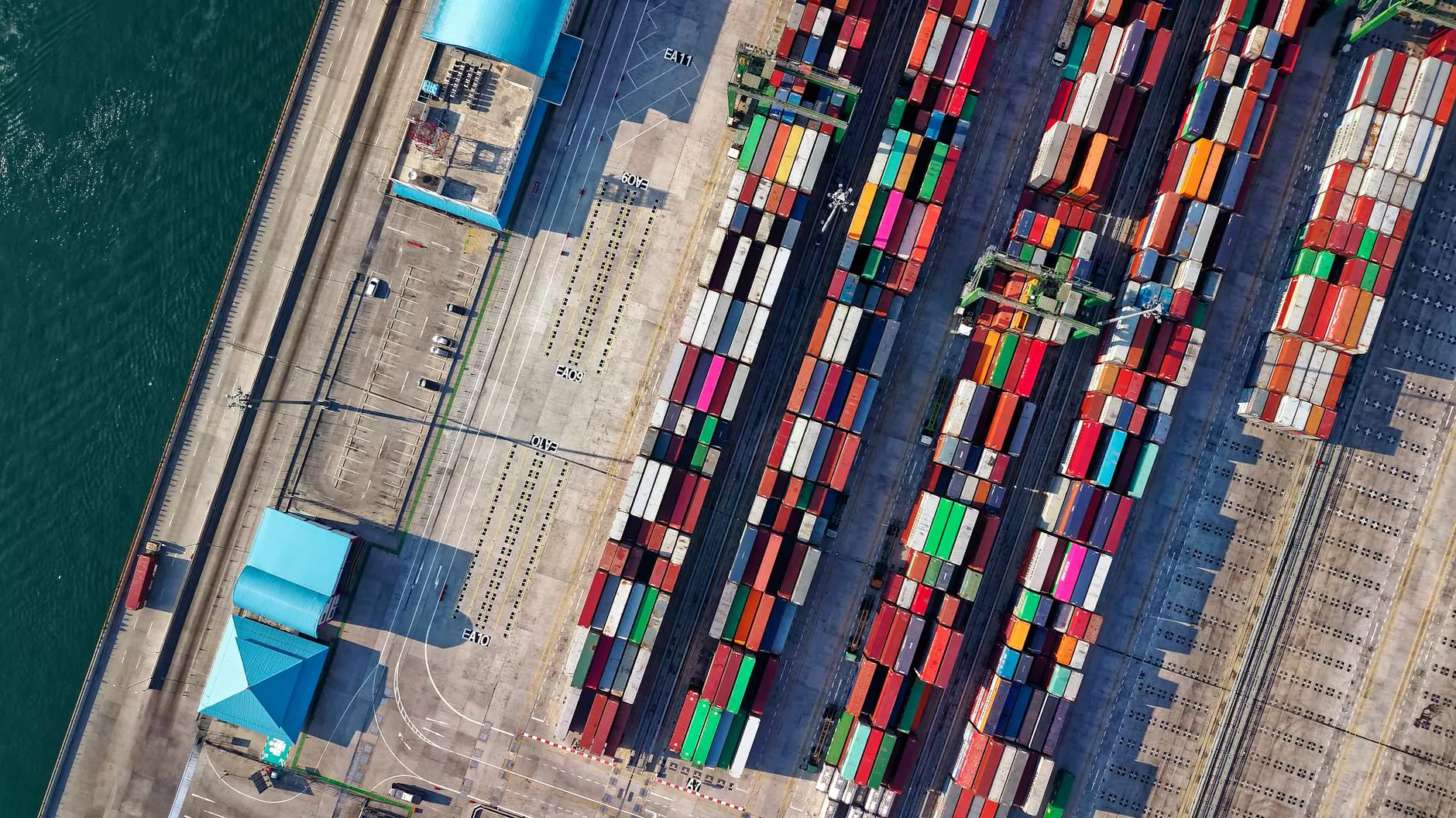Cargo Cost Per KG: Understanding the Dynamics of Freight Expenses

The cargo cost per kg is a crucial factor for businesses involved in shipping and logistics. In today's interconnected world, understanding and optimizing this cost can significantly impact a company's bottom line. This article delves deep into the elements that dictate cargo pricing, methodologies for reducing expenses, and strategic considerations for businesses looking to improve their logistics operations.
The Fundamentals of Cargo Cost Per KG
At its core, the cargo cost per kg refers to the price charged by shipping companies to transport goods based on their weight. However, unlike conventional pricing that might only consider weight, several factors influence this cost, making it essential for businesses to understand the nuances involved.
Key Factors Influencing Cargo Costs
- Distance: The distance between the shipping origin and destination is a primary determinant. Longer distances typically lead to higher costs due to increased fuel consumption and labor costs.
- Type of Cargo: Different types of cargo (perishable, hazardous, oversized) can have specialized handling requirements, influencing the overall cost.
- Shipping Mode: The mode of transportation—air, sea, or land—significantly affects pricing. Air transport is usually more expensive than sea due to speed and service levels.
- Seasonal Fluctuations: Demand spikes during holiday seasons can lead to increased rates, impacting the cargo cost per kg during particular times of the year.
- Weight and Volume: Shipping costs often depend on the greater of the actual weight or the dimensional weight, which considers the size of the package.
Calculating Cargo Cost Per KG
Calculating the cargo cost per kg is not merely about multiplying the weight of your shipment by a set rate. Companies need to consider various pricing structures that shipping companies may apply. Here is a breakdown of the calculation:
Cubic Weight vs. Actual Weight
Most freight carriers use a method called dimensional weight pricing. This is calculated by taking the package's dimensions and applying a formula to determine its volumetric weight. The formula is:
Dimensional Weight (kg) = (Length x Width x Height) / Dimensional Factor
The dimensional factor varies by carrier but typically ranges from 5000 to 6000. In most cases, you will be charged based on the higher of the actual weight or the dimensional weight.
Example Calculation
For example, if you have a package that measures 40cm x 30cm x 20cm and weighs 8kg, the calculations would be:
Dimensional Weight = (40 x 30 x 20) / 6000 = 4kg
Since the dimensional weight (4kg) is less than the actual weight (8kg), the charge will be based on the actual weight of 8kg.
Strategies to Optimize Cargo Costs
Now that we've outlined how cargo costs are determined, let's explore some effective strategies that businesses can employ to optimize their cargo cost per kg.
1. Consolidate Shipments
Combining multiple smaller shipments into a single larger shipment can help reduce costs. By consolidating, businesses can take advantage of bulk pricing, reducing the overall cost per kg significantly.
2. Negotiate Rates with Carriers
Building strong relationships with freight carriers can lead to improved rates. It's beneficial to regularly review and negotiate contracts to ensure access to the best possible prices.
3. Utilize Technology
Employing logistics and inventory management software can help track shipments effectively and identify patterns in shipping costs, enabling better decision-making regarding transport methods and carriers.
4. Optimize Packaging
Minimizing package dimensions without compromising safety can greatly influence the cargo cost per kg. Efficient packaging reduces dimensional weight, thus lowering overall costs.
The Importance of Shipping Centers
Shipping centers play a vital role in the logistics ecosystem. They serve as pivotal points for consolidating and distributing goods, impacting the overall efficiency of the supply chain.
Benefits of Utilizing Shipping Centers
- Improved Distribution: Shipping centers enable faster distribution by strategically locating your goods closer to your customers.
- Cost Efficiency: With economies of scale, shipping centers can reduce transportation costs for businesses.
- Enhanced Tracking: Most shipping centers offer sophisticated tracking systems that help businesses monitor their shipments in real-time.
- Flexibility in Services: Many centers provide a variety of services, including packaging, storage, and fulfillment, which can meet diverse business needs.
Transportation Dynamics: A Critical Component
Understanding the transport dynamics is critical for optimizing cargo cost per kg. This includes recognizing the interplay between different transportation modes and how they can affect overall shipping costs.
Transportation Modes
Each transportation mode offers unique advantages and disadvantages:
- Air Freight: Fast but often the most expensive. Best for time-sensitive shipments.
- Ocean Freight: Cost-effective for large shipments, but slower transit times. Ideal for bulk cargo.
- Ground Freight: Flexible options for national distribution. Typically balances speed and cost.
By understanding the strengths and weaknesses of each mode, businesses can make more informed decisions regarding how to ship their products efficiently.
Airports: The Gateway to Efficient Cargo Transport
Airports serve as crucial links in the logistics chain. Their capabilities in handling cargo significantly influence the cargo cost per kg for air freight services.
Key Considerations for Businesses Using Airports
- Customs Efficiency: Choose airports with streamlined customs processes to minimize delays and costs associated with cargo clearance.
- Cargo Handling Facilities: Opt for airports equipped with advanced handling facilities to ensure the safe and timely delivery of goods.
- Connectivity: Airports with extensive logistics networks can provide better options for distribution, thus optimizing transportation costs.
The Future of Cargo Costs
As technology evolves, the landscape of cargo transport and the implications for cargo cost per kg will also change. Innovations in logistics, including automation and blockchain technology, are set to revolutionize how goods are tracked, transported, and priced.
Anticipated Trends
- Increased Transparency: Technologies will provide real-time insights into shipping costs, allowing businesses to make better financial decisions.
- Dynamic Pricing Models: Shipping costs will likely become more fluctuant, requiring businesses to adapt quickly to changing market conditions.
- Sustainability Focus: Environmental considerations will increasingly affect cargo decisions, impacting overall shipping costs.
Conclusion
Understanding the intricacies of cargo cost per kg is essential for businesses aiming to optimize their logistics operations and improve profitability. By taking into account the various factors that influence cargo pricing, and proactively implementing strategies to manage and reduce these costs, companies can position themselves for success in the competitive landscape of shipping and transportation.
With advancements anticipated in logistics technology and shifting market dynamics, staying informed about the trends affecting shipping costs will be crucial for any business engaged in the global marketplace.
For more information on how to optimize your shipping logistics and keep track of your cargo cost per kg, visit us at cargobooking.aero.









